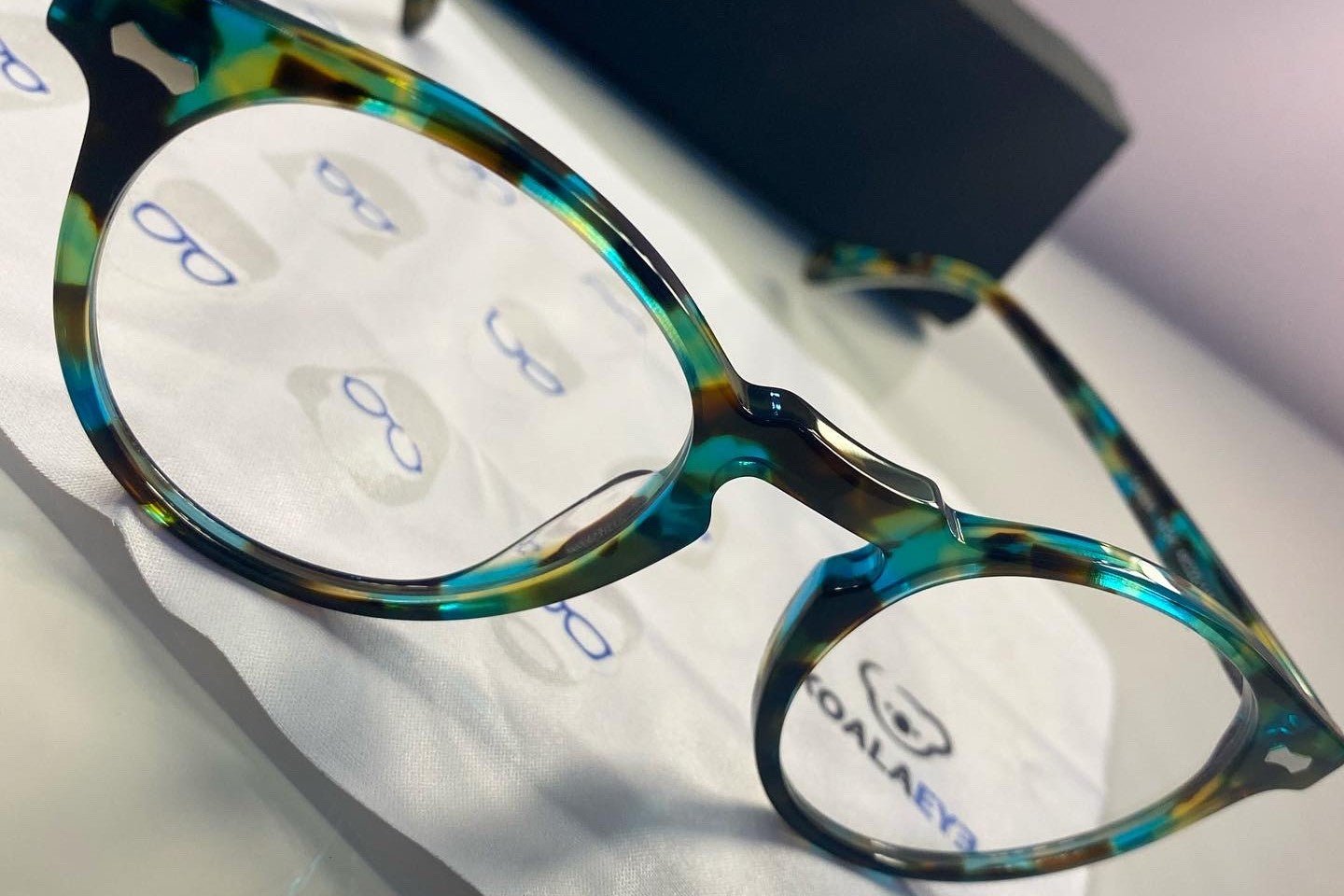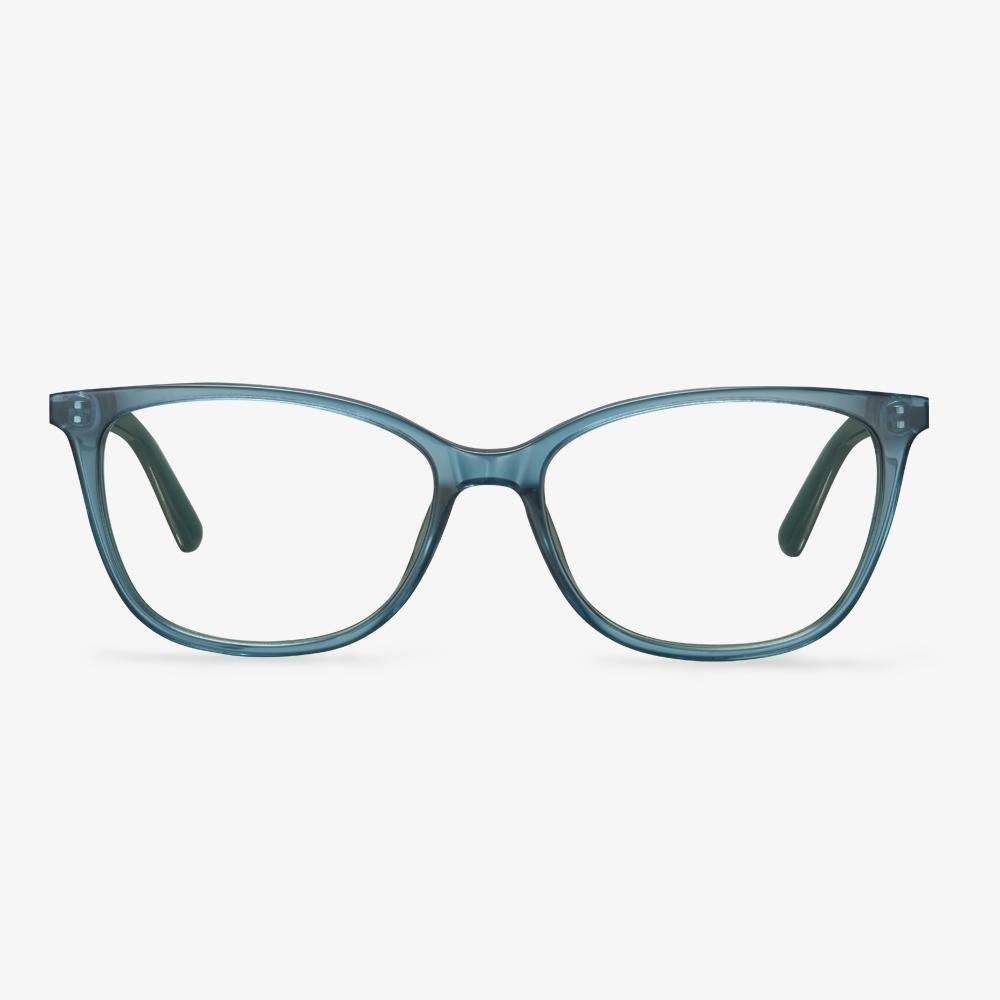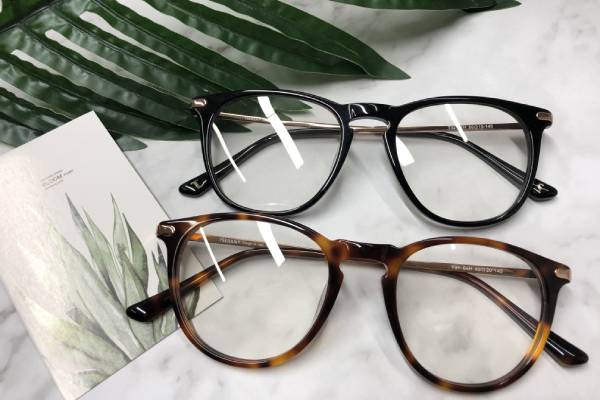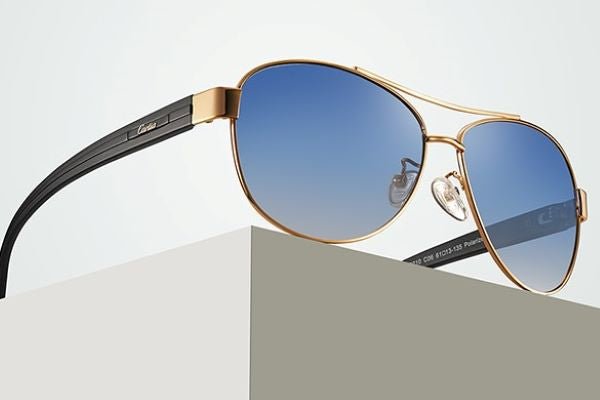Choose blue light glasses with better quality lenses and frames.
Pay attention to the choice of true color lenses.0-12-year-old children are in the critical period of growth, and the color and things are in the cognitive stage. Blue light-blocking glasses should restore the true color as far as possible, with no blur. And it will not have a color difference. Pay attention to the strength of blue-light-blocking glasses. Choose a strong and flexible frame.
1.67 vs 1.74 High Index Lenses: What Are Their Differences?
In this section, we will show you the differences between 1.67 high index lenses and 1.74 high indexes.
- 74 high index lenses are thinner and lighter than 1.67 high index lenses.
- 74 high index lenses are expensive than the 1.67 high index lenses.
- Both 1.67 and 1.74 high index lenses can reduce the eye distortion caused by strong prescriptions, 1.74 high index lenses perform better than the 1.67 high index lenses.
- As for the color of lens, both come in clear, gray-tinted and brown-tinted, but only 1.67 high index lenses come in Transition brown or gray.
- 74 high index lenses are better for those looking for the thinnest lens possible. So, patients with extremely strong prescriptions chooses this.
- 67 high index lenses are better for those looking to save money or those who do not have extremely high prescriptions. They are also the only choice if you are looking to get Transitions.
From the above information, you can find the main differences between these two lenses are price, thickness, weight, color options and general appearance. Most people who choose 1.67 high index lenses generally either do not have an extremely high prescription or are shopping on a budget. 1.74 high index lenses, on the other hand, are the thinnest and lightest plastic lenses currently in existence.
What Are Polycarbonate Glasses?
Polycarbonate was developed in the 1970s for aerospace applications and is currently used for the helmet visors of astronauts and for space shuttle windscreens.
Polycarbonate lenses were introduced in the early 1980s in response to a demand for lightweight, impact-resistance lenses. Since then, polycarbonate glasses have become standard for safety glasses, sports goggles and children’s eyewear.
Polycarbonate glasses are thinner and lighter than regular plastic lenses. They also provide 100 percent UV protection and are up to 10 times more impact-resistance than plastic or glasses lenses.
In addition, Polycarbonate lens provides clearer and more comfortable vision if anti-reflective coating is applied to the lenses, which can eliminate distracting lens reflections that interfere with vision, particularly when driving at night or in other low-light conditions when glare sources are present.
After learning some basic information about polycarbonate glasses, we will show you the advantages and disadvantages of polycarbonate lens.
Advantages of progressive multifocal lenses
The progressive multi-focal lens has a number of different focal points from top to bottom. There's a smooth transition between seeing far and seeing close. There is no clear dividing line in the middle, like the myopia glasses, quite beautiful, and it is not dangerous. Because the added value is continuously and slowly increased in the gradient area, the wearer can get a continuous clear vision from the far point to the near point through the progressive lenses with the appropriate head position. In line with physiological optics, They help a better adaptation. Since the lens degree changes little by little, there is no phenomenon like jumping. Because the degree of the lens is gradual, so the vision from far to near changes slowly increase, which will not produce the adjustment of the eye fluctuation. It is not easy to cause visual fatigue. Without a degree line, the appearance will be more beautiful. Clear vision can be obtained at all distances within the visual scope. A pair of glasses satisfies both close and middle distances.
Pair clear glasses with natural makeup.
Clear glasses and light makeup can make the focus of others in the glasses, so it will not appear abrupt. With a plain color coat, there is no sense of violation, and it is playful. A frame without lenses can be an accessory to give you a different feel.
Why do so many people like rimless glasses?
Rimless glasses are lighter because they have no frame and are made of memory titanium alloy, which greatly relieves the pressure on the bridge of the nose and eyes and makes them more comfortable to wear. And because there are no frames to tie them down, the wearer has a wider view. Rimless glasses style is more diverse and stylish. They are rich in color, so loved by young eyeglasses.
What To Do with Old Glasses?
What to do with old glasses? Where can I donate old glasses? You may have the same troubles. So, in this section, we will show you what you should do with your old glasses.
You can choose to donate your old glasses. Around the world, about 13 million children can’t finish their education for the sole reason that they can’t see well enough to learn. In addition, there are some goodwill organizations that will take your used reading glasses as long as they are in decent shape. So, what to do with old glasses, donate them. Where can I donate old glasses? You can search the old glasses donation organizations online.
If you have a pair of old glasses, you can also choose to sell them online to save some money. You can sell them on some platforms such as eBay or Preloved.










































